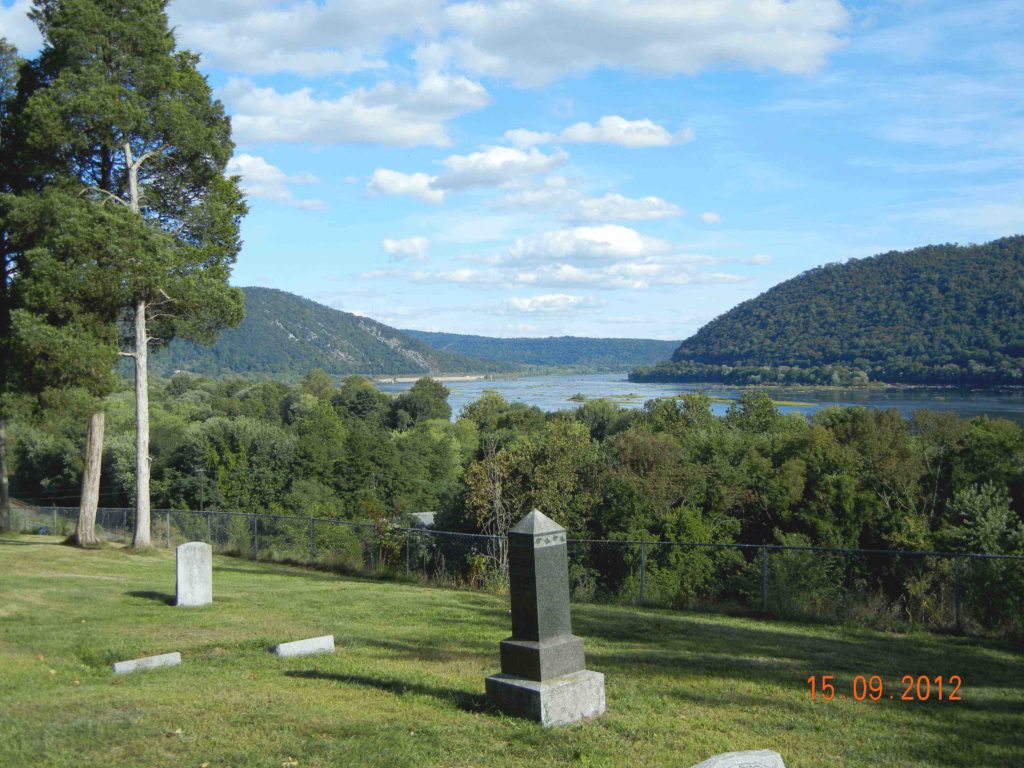- Crossover Series Updates
- Walt’s World
- Guns, Germs and Steel Review
- and the Puzzle
Collapse Update:
Based on discussions with a new editor, my schedule for Collapse will certainly be pushed out. Its launch will likely be in March, 2020 at the earliest. (Update: further delays expected)
Walt’s World:
Where did I get my interest in things historical?
The book 1632 by Eric Flint.
In summary: part of present-day West Virginia, complete with a whole lot of good-old union boys, finds itself plopped somewhere in Germany in 1632 – right in the middle of the 30 years war.
It’s an entertaining read. And the author, a historian by education, draws the reader into 17th century life. It certainly drew me in.
Review: Guns, Germs and Steel by Jared Diamond
One version of my elevator pitch is as follows:
The Crossover Series explores what happens when 21st century characters take knowledge of “Guns, Germs and Steel” back to 11th century, pre-contact, indigenous cultures.
So what is this book titled Guns, Germs and Steel?
From Amazon:
In this “artful, informative, and delightful” (William H. McNeill, New York Review of Books) book, Jared Diamond convincingly argues that geographical and environmental factors shaped the modern world. Societies that had had a head start in food production advanced beyond the hunter-gatherer stage, and then developed religion –as well as nasty germs and potent weapons of war –and adventured on sea and land to conquer and decimate preliterate cultures. A major advance in our understanding of human societies, Guns, Germs, and Steel chronicles the way that the modern world came to be and stunningly dismantles racially based theories of human history. Winner of the Pulitzer Prize, the Phi Beta Kappa Award in Science, the Rhone-Poulenc Prize, and the Commonwealth club of California’s Gold Medal.
My take:
Dr. Diamond’s premise can be dramatically supported by considering animal-related diseases.
In the Europe/Middle East/Northern Africa, human populations had access to multiple domesticable animals with cows, sheep, pigs being the predominant ones.
And those cultures then became exposed to disease crossing the species barrier from those animals to humans. Smallpox from cows being one well-known problem. While smallpox caused many deaths, the European/Middle East/African populations, while not becoming immune, were able to survive this disease mostly intact.
But in the Americas, there were few domesticable animals (except turkeys and llamas). And no prior exposure. And no immunity at all.
So when the Spanish landed, their animal-originated diseases spread like a shock wave through the indigenous peoples, killing off 90+% of the population, sometimes even before physical contact with the Europeans. Hence, it wasn’t European civilization that dominated the Americas – it was European diseases that did.
The Puzzle
Here’s another puzzle. It’s only 48 pieces so it goes together in a jiffy when you drag the pieces around on your screen.
1. Just click HERE for the puzzle.
2. Click and drag the pieces on your device. If you leave the sound on you’ll hear a satisfying “click” when the pieces fit together.
3. Can you guess where this photo was taken? And why I considered it important when writing Conflict?
4. Email me the answer at walt@waltsocha.com
Last Month’s Puzzle
Last month, you got to assemble a photo take from the approximate location of the lookout tower in Conflict.
I “found” this view while checking out the location back in 2012. And was thrilled when I realized that this is the exact view (except for the local gravestones and freeway cuts in the distance!) seen by Joe, Larry, and Brent.

